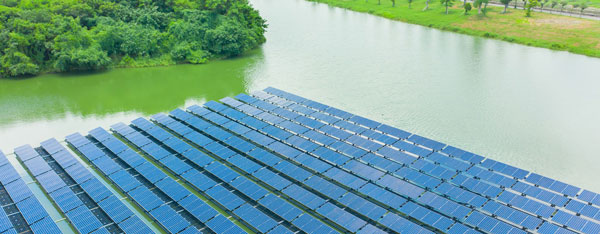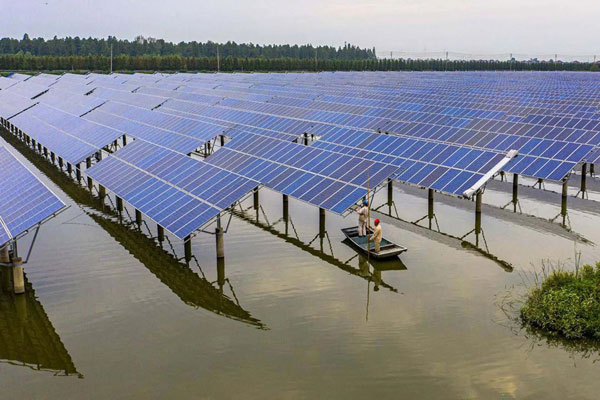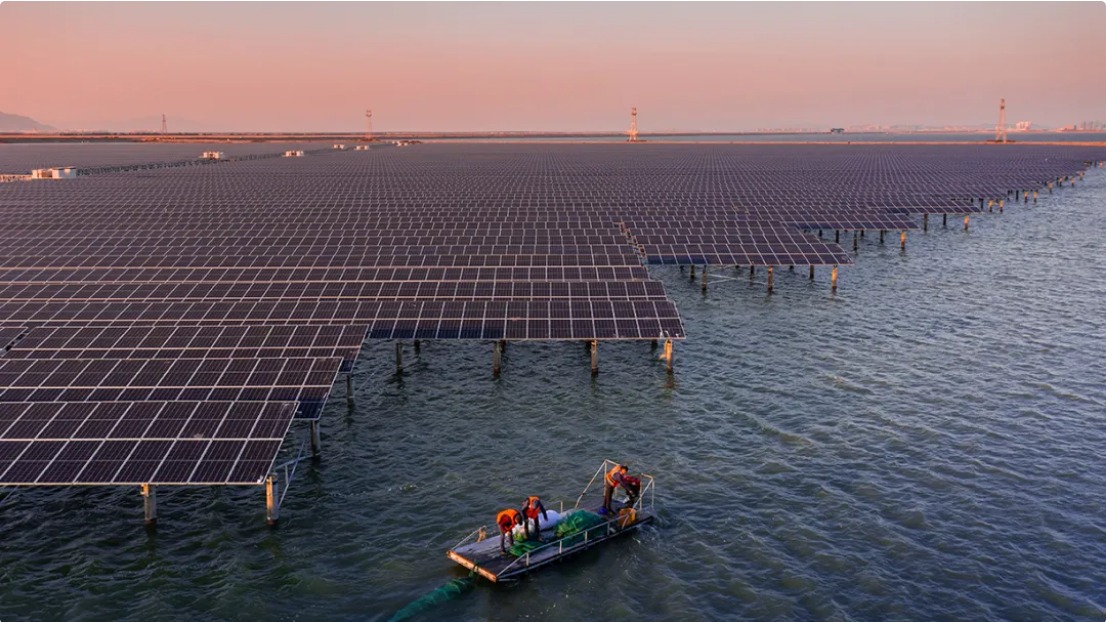Geographic Limitations
Solar-powered aquaculture, or the use of solar energy systems in fish farming, is often considered feasible only in sunny climates. However, this is mostly a myth. Even though energy collection of solar panels may vary depending on the presence of direct sunlight, technology advancement allowed solar panels to accumulate a significant amount of energy even when it is cloudy on average. For example, in high-latitude countries like Norway and Sweden, where the average amount of sunlight is much less compared to that in the south, aquacultural facilities utilize solar panels to produce the necessary energy.
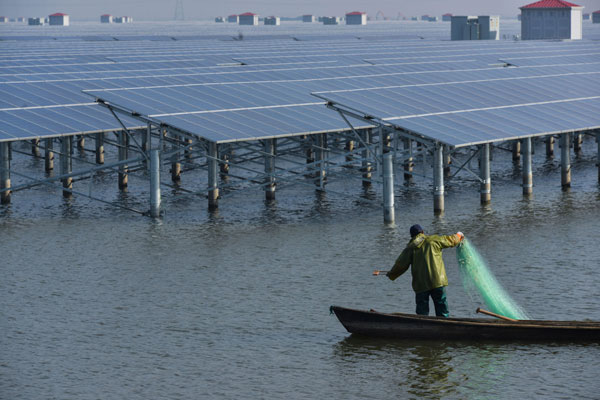
Intensity of Solar Radiation Implies
A significant myth is that solar panels need constant and direct sunlight. In fact, solar panels are designed to accumulate diffuse radiation, meaning that even on frigid and cloudy days they still can be comparatively productive. This feature is pertinent to fisheries operating in different regions of the US. For example, the study on catfish aquaculture in Mississippi found that the average contribution of integrated solar panels was around 75% during a year, although the region is famous for cloudy and stormy weather.
Equal Benefit All Year Implie
Many people think that even in sunny areas, solar energy is not collectable during short day hours, which is true, for example, in the Arctic Circle. The myth is that the problem is unsolvable; however, Tesla Powerwall batteries are capable of providing enough electricity even to trout farms in Colorado
Might be of not constant concentration
Another myth that was relevant to the past is that solar energy is, indeed, of not permanent concentration; that is, fish farmers can not use solar batteries to charge containers full of underwater oxygen or to produce heat. In the modern world, with the application of smart grids, it is not true. For example, in Japan, solar panels provide the necessary energy for aquaculture facilities equipped with energy management grids that automatically change the amount of energy depending on needs.
Effectiveness on Cloudy Days
When it comes to aquaculture, most people dismiss solar energy systems as ineffective, particularly on cloudy days. However, this is a fallacy or misconception. Modern solar photovoltaic panels are highly advanced to be able to convert ambient light into energy, and not just direct sunlight. The current PV technology uses materials that help to capture a broader spectrum of solar radiation that includes ultraviolet and infrared light that can penetrate the clouds. A tilapia farm in the Pacific Northwest, where most days are overcast, uses some high-efficiency solar panels which do not lose more than 20% of their output even on the worst cloudy days. Therefore, it is possible to use the current solar technologies because the rainy or cloudy days today are not completely devoid of the necessary solar radiation to support fish farming.
Hybrid Systems
Since in most days, either at night or because of the weather, the solar energy generated is sometimes not enough, a larger percentage of aquaculture systems use hybrid systems. A hybrid generation system combines two or more forms of generation media such as solar, wind, biomass, or small hydroelectric systems to balance the system energy supply. For instance, a farm in Maine uses the solar panels but also has a small wind turbine to help harness the wind energy on the cloudy days when the solar power is not optimum. The turbine uses the strong wind on such days to help generate additional energy to maintain a stable supply. The energy is stored in some batteries that can hold the required supply for at least two days.
Storage solutions
Given the intermittent nature of the solar power supply, it is necessary to have some power storage mechanisms. Like the Texas shrimp farm, they can decide to use a big battery storage solution system. The batteries can be used to store the energy for the times when the solar panels are not generating the required energy. These may be about two nights in a row if the fish farm is not connected to the main power grid.
Maintenance Complexity
A popular myth concerning solar-powered systems used in aquaculture is their high level of maintenance, which can act as a barrier to the developments in this sphere. It is erroneous, as the required level of maintenance is low for solar systems.
Cleaning and Inspection
First, solar panels need to be cleaned to ensure the production of energy. In most cases, there is a need to clean panels near aquaculture facilities more frequently, as they may be exposed to more water splash and spray. For instance, at one of the bass farm facilities in California to ensure proper operation of solar panels, the equipment was cleaned from dust and dirt monthly with a water hose and simple sponge or mop a worker would use for their car, which would help maintain about 95% output efficiency. Besides, the monitoring of the panels is also an important aspect of maintenance that should be accomplished. Nevertheless, the need to look at the panels visually and check for any physical damages or blockages is expected to require less than an hour per month.
Monitoring Technologies
Second, numerous modern solar systems are equipped with smart technologies that measure their performance in real time. For example, at catfish farms in Alabama, smart monitoring technologies ensure 95% overall uptime and provide the data on the panels’ ability to produce energy, as well as the influence of the environment on their output. For such systems, it can be expected that they will notify the operator of the worsening performance or the necessity of maintenance.
Durability of Components and Replacement
Finally, the replacement of parts and the wear of the equipment are one of the important aspects of any technology. Nevertheless, solar panels can be expected to last a long time, as the main panel can have a 25-year warranty. Meanwhile, the inverter system usually needs to be changed every 10-15 years. Overall, at a farm I visited, such aquaculture tank technologies operated for over ten years with the need for minimal maintenance.
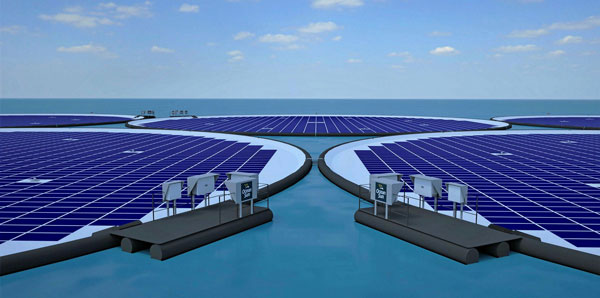
System Reliability
The reliability of the solar-powered systems incorporated in aquaculture is often questioned due to the nature of solar energy itself. Thus, it is generally regarded as less reliable due to variability. Yet, solar energy systems have demonstrated a high potential to become reliable if designed respectively and adapted to the needs of the target aquacultural facilities. First and foremost, it is important for aquaculture to guarantee the continuous operation of solar power systems as aquaculture requires constant oxygenation of the water and temperature control.
Continuous Operation
Overall, in aquaculture, solar-powered systems are designed to achieve the continuous operation by ensuring the availability of energy for oxygenation and temperature control. For instance, a salmon farm in Oregon relies on a dual system to ensure the operational capacity Thorn,. The grid should provide the needed energy during the low-durable solar period. The owners of the farm stated that over the past 5 years, the energy supply did not fail, and solar systems cover 70% of annual energy requirements Thorn,.
Backup Systems and Redundancies
For aquaculture, it is also essential to guarantee continuous energy usage, which can be achieved with the help of backup systems and built-in redundancies. For example, a prawn farm is South Carolina operates with a diesel generator waste as a backup, if the main source of energy is currently not best suitable for a farm with 80% cover of its energetic needs. The data from the farm demonstrates that there were no failures and interruptions of energy flow Fullerton,. Thus, the implementation of solar energy was successful in increasing the operation capacity of the farms.
Energy Storage
Technology of storing energy also improves the reliability of solar-powered systems and ensures the 24/7 operation. For example, a barramundi farm in Australia installed Li-ion batteries with 1 MWh capacity to be able to fully operate during the night . The fish farm was able to oxygenate the water and pump water 24 hours a day, which effectively means that it broke the connection between the real-time energy consumption and the sunlight availability.
Energy Storage Issues
The topic of energy storage is crucial to the solar energy in aquaculture issue. Misunderstanding about solar energy storage possibilities and restrictions help understand its role in ensuring an uninterrupted supply of power. There are several basic issues necessary to consider. Firstly, it is essential to understand whether solar energy storage capacity and lifespan can be sufficient to ensure consistent operation and for how long. Secondly, the cost of the storage is vital since the issue mentioned above is related to expenses. Thirdly, it is necessary to realize whether it is possible to integrate and manage an advanced storage system with solar panels in aquaculture.
Capacity and Lifespan
Advancements in battery technologies somewhat resolved the problems of sufficient capacity and lifespan of the storage systems. The issue is the fact that the plates that charge lead storage batteries get corroded within a few months and the batteries are not capable of ensuring nonstop operation due to poor quality. However, a catfish farm in Georgia utilizes a solar energy system with lithium-ion batteries that have 20% more capacity than it uses per day. The lifespan of these batteries is approximately 5000 charge cycles, so it is sufficient to ensure operation of the catfish farm for many subsequent years.
Cost and ROI
The cost is another major issue since solar plus storage systems, for example, are rather expensive. However, the return on investment is high since the solar energy-plus-storage system realized in the solar tilapia farm in Arizona paid for itself in less than four years due to reduced electricity bills and diesel generator use. The system is not only advantageous but it is rather user-friendly due to its smart management system that manages solar panels and storage batteries.
Scaling Challenges
Scaling solar energy systems in aquaculture implies common challenges that give rise to misconceptions regarding the feasibility of such large-scale systems. The unique technologies and effective planning allow overcoming these issues.
Modularity of the Systems
First of all, the solar energy system is modular by definition, and it can be scaled up with the growth of an aquaculture facility. For example, a Wisconsin farm that raises perch initially installed a small-scale system to power a single pond. As the farming operation developed, the facility could invest in additional solar modules to expand the energy supply effectively. Therefore, the aquaculture could gradually scale up its production without significant upfront investment.
Power Management in Large-Scale Operation
Naturally, it would appear that the power distribution in large-scale aquaculture would be a large problem, but with the development of smart grid technologies, it has become manageable. A shrimp farm in Texas deployed multiple solar systems in various locations, yet all solar power was centrally managed by a smart grid. The system efficiently managed energy production and reduced waste by reacting to the real-time energy consumption recorded at each area of the farm.
Financial and Economic Consideration
One would think that the solar system would not be feasible on a large scale due to significant financial problems it causes. However, this is not entirely true because the scale of solar systems in aquaculture allows significant economies of scale and per-unit cost reductions. For instance, a salmon farm in Chile deployed a large-scale solar project, and the per-kWh cost was greatly reduced than for small-scale farms due to competitive tendering for the large order. This process made large-scale solar systems attractive financial investments despite the cost.

